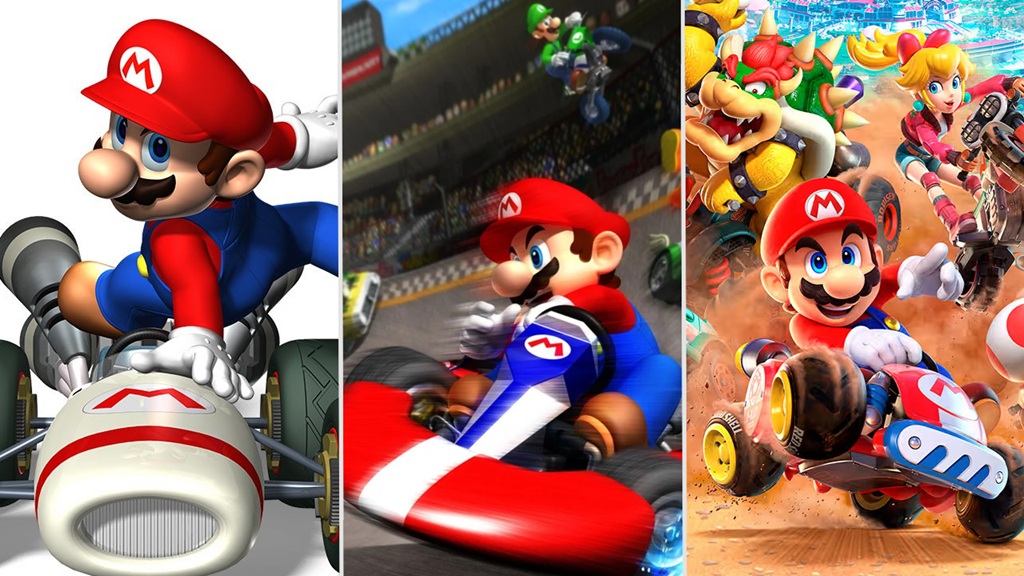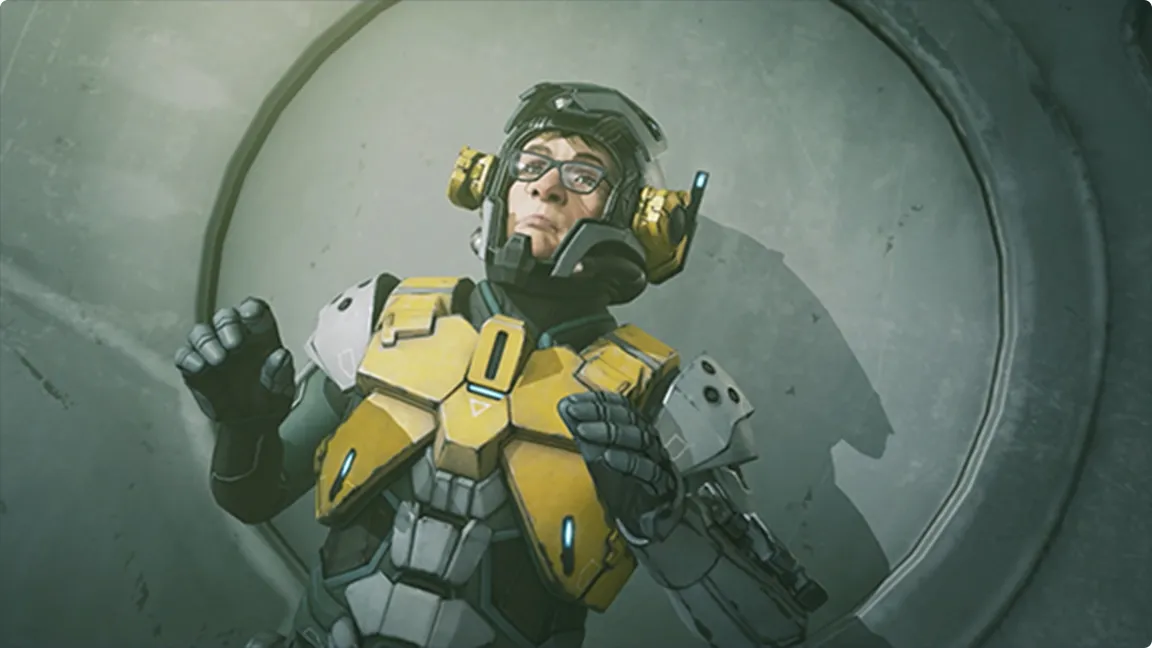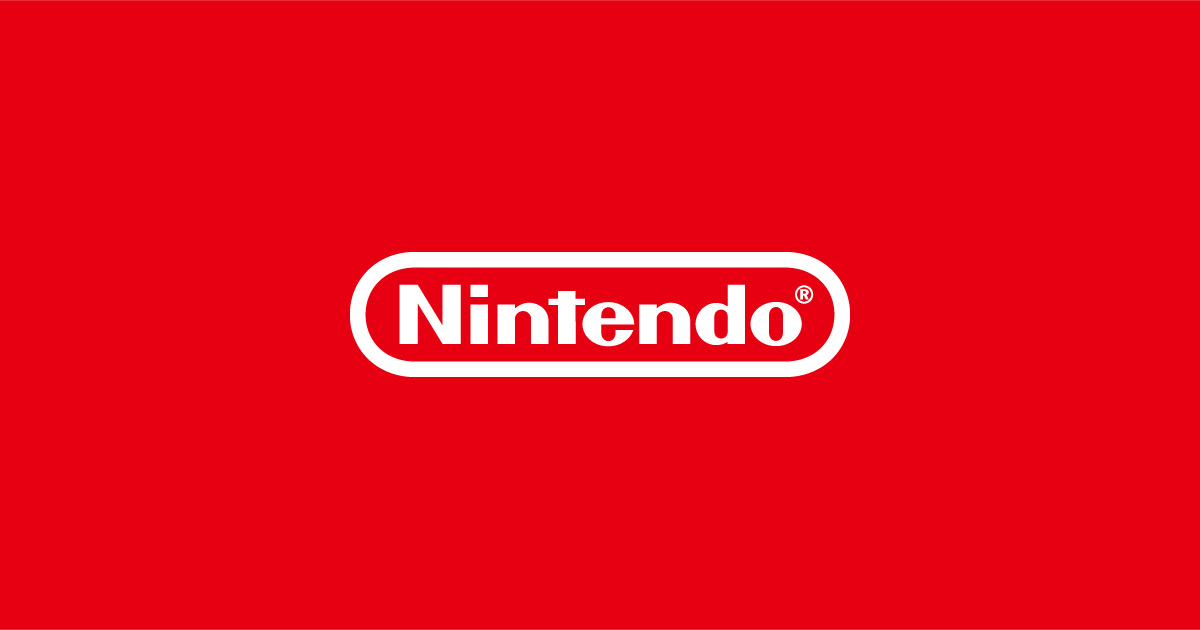After more than a decade since the last mainline release, the highly anticipated Mario Kart World is set to usher in a new era for Nintendo’s iconic racing series.
The journey from the original Super Mario Kart on the Super Nintendo Entertainment System (SNES) to the soon-to-arrive sequel has been marked by innovation, massive sales, and industry-defining multiplayer experiences.
With Mario Kart World on the horizon, now is the perfect opportunity to revisit and condense the rich development history of this storied franchise. Mario Kart’s origins trace back to F-Zero, a launch title for the SNES that captivated players and critics with its advanced Mode 7 graphics and high-speed gameplay.
Inspired by F-Zero’s success, Nintendo set out to create a two-player racing experience.
After refining driving physics and taking inspiration from real-world go-karting, the development team brought Mario and other familiar characters into the mix.
The result was Super Mario Kart, which became renowned for its accessible yet addictive split-screen multiplayer – a technical feat for its time.
The title’s success laid the foundation for what would become one of Nintendo’s flagship franchises. The follow-up, Mario Kart 64, took the leap to 3D graphics on the Nintendo 64.
This entry preserved the core roster from its predecessor, with minor changes, but introduced enhanced visuals and gameplay refinements.
Notably, characters were cleverly rendered as 2D sprites to conserve system resources, allowing for smooth four-player split-screen racing.
Development was not without setbacks; a significant hardware failure forced the team to reconstruct most character models and sprites from scratch.
Despite these challenges, Mario Kart 64 launched to strong reviews and remains a multiplayer favorite, now accessible via Nintendo Switch Online. Mario Kart: Super Circuit marked the series' debut on a handheld system, the Game Boy Advance.
Developed by Intelligent Systems, known for their work on Fire Emblem and Paper Mario, Super Circuit adopted a style reminiscent of the original SNES game due to hardware limitations.
While it is sometimes seen as a lesser entry, the novelty of portable Mario Kart made it significant at the time. With the launch of the Nintendo GameCube, Mario Kart: Double Dash dramatically expanded character options, introducing fan-favorite drivers like Daisy, Waluigi, and King Boo.
Its groundbreaking two-driver-per-kart system became a defining – and beloved – gameplay mechanic.
According to developers, the team was initially unsure about this unconventional feature, even prototyping a more traditional single-driver mode, but ultimately decided to go all-in, resulting in one of the franchise’s most innovative titles. The 2005 release of Mario Kart DS brought the series’ first foray into online play, allowing global competition through Nintendo Wi-Fi Connection.
Packed with both new and retro tracks, a unique Mission Mode, and even the inclusion of R.O.B.
as a playable driver, Mario Kart DS was a major hit, selling over 20 million copies globally and reinforcing Nintendo’s dominance in handheld gaming. Mario Kart Wii, arriving in 2008, became a runaway success with over 37 million units sold.
It introduced motorcycles, expanded the racer count to 12, and became instantly recognizable thanks to the bundled Wii Wheel accessory.
While the chaotic, accessible gameplay was divisive, Mario Kart Wii’s enduring popularity sparked active speedrunning and modding communities that thrive to this day. Released in 2011, Mario Kart 7 for Nintendo 3DS added key mechanics such as gliding and underwater racing – features that would influence later installments.
Development was expedited to help boost slow early sales of the 3DS system, and Retro Studios contributed by creating the game’s retro tracks.
Mario Kart 7 garnered positive reviews for its innovation and solidified the series’ reputation for handheld excellence. Mario Kart 8 made its debut on the Wii U in 2014, introducing anti-gravity racing and setting new standards for visuals in the franchise.
The title eventually became the best-selling game on the Wii U, later transitioning to Nintendo Switch as Mario Kart 8 Deluxe.
The enhanced port included a revamped Battle Mode and additional characters and, through its continual updates and the hit Booster Course Pass, has gone on to sell nearly 70 million copies, making it one of the best-selling games of all time. Development of Mario Kart World began in early 2017, with the intention of utilizing the capabilities of the Nintendo Switch.
However, as the series’ ambitions grew, the Switch’s hardware limitations became apparent, prompting the team to shift primary development to Nintendo Switch 2.
The release of the Booster Course Pass extended Mario Kart 8 Deluxe’s lifespan, granting the developers additional time to deliver the next true series evolution. As Mario Kart World prepares to launch exclusively on Nintendo Switch 2, the series stands as a testament to Nintendo’s creativity, technical prowess, and ongoing commitment to multiplayer innovation.
Several legacy titles remain accessible through Nintendo Switch Online, ensuring fans can relive the series’ greatest moments while eagerly anticipating what the future holds for Mario Kart.
For more details on Mario Kart World, visit the official Nintendo website.
The journey from the original Super Mario Kart on the Super Nintendo Entertainment System (SNES) to the soon-to-arrive sequel has been marked by innovation, massive sales, and industry-defining multiplayer experiences.
With Mario Kart World on the horizon, now is the perfect opportunity to revisit and condense the rich development history of this storied franchise. Mario Kart’s origins trace back to F-Zero, a launch title for the SNES that captivated players and critics with its advanced Mode 7 graphics and high-speed gameplay.
Inspired by F-Zero’s success, Nintendo set out to create a two-player racing experience.
After refining driving physics and taking inspiration from real-world go-karting, the development team brought Mario and other familiar characters into the mix.
The result was Super Mario Kart, which became renowned for its accessible yet addictive split-screen multiplayer – a technical feat for its time.
The title’s success laid the foundation for what would become one of Nintendo’s flagship franchises. The follow-up, Mario Kart 64, took the leap to 3D graphics on the Nintendo 64.
This entry preserved the core roster from its predecessor, with minor changes, but introduced enhanced visuals and gameplay refinements.
Notably, characters were cleverly rendered as 2D sprites to conserve system resources, allowing for smooth four-player split-screen racing.
Development was not without setbacks; a significant hardware failure forced the team to reconstruct most character models and sprites from scratch.
Despite these challenges, Mario Kart 64 launched to strong reviews and remains a multiplayer favorite, now accessible via Nintendo Switch Online. Mario Kart: Super Circuit marked the series' debut on a handheld system, the Game Boy Advance.
Developed by Intelligent Systems, known for their work on Fire Emblem and Paper Mario, Super Circuit adopted a style reminiscent of the original SNES game due to hardware limitations.
While it is sometimes seen as a lesser entry, the novelty of portable Mario Kart made it significant at the time. With the launch of the Nintendo GameCube, Mario Kart: Double Dash dramatically expanded character options, introducing fan-favorite drivers like Daisy, Waluigi, and King Boo.
Its groundbreaking two-driver-per-kart system became a defining – and beloved – gameplay mechanic.
According to developers, the team was initially unsure about this unconventional feature, even prototyping a more traditional single-driver mode, but ultimately decided to go all-in, resulting in one of the franchise’s most innovative titles. The 2005 release of Mario Kart DS brought the series’ first foray into online play, allowing global competition through Nintendo Wi-Fi Connection.
Packed with both new and retro tracks, a unique Mission Mode, and even the inclusion of R.O.B.
as a playable driver, Mario Kart DS was a major hit, selling over 20 million copies globally and reinforcing Nintendo’s dominance in handheld gaming. Mario Kart Wii, arriving in 2008, became a runaway success with over 37 million units sold.
It introduced motorcycles, expanded the racer count to 12, and became instantly recognizable thanks to the bundled Wii Wheel accessory.
While the chaotic, accessible gameplay was divisive, Mario Kart Wii’s enduring popularity sparked active speedrunning and modding communities that thrive to this day. Released in 2011, Mario Kart 7 for Nintendo 3DS added key mechanics such as gliding and underwater racing – features that would influence later installments.
Development was expedited to help boost slow early sales of the 3DS system, and Retro Studios contributed by creating the game’s retro tracks.
Mario Kart 7 garnered positive reviews for its innovation and solidified the series’ reputation for handheld excellence. Mario Kart 8 made its debut on the Wii U in 2014, introducing anti-gravity racing and setting new standards for visuals in the franchise.
The title eventually became the best-selling game on the Wii U, later transitioning to Nintendo Switch as Mario Kart 8 Deluxe.
The enhanced port included a revamped Battle Mode and additional characters and, through its continual updates and the hit Booster Course Pass, has gone on to sell nearly 70 million copies, making it one of the best-selling games of all time. Development of Mario Kart World began in early 2017, with the intention of utilizing the capabilities of the Nintendo Switch.
However, as the series’ ambitions grew, the Switch’s hardware limitations became apparent, prompting the team to shift primary development to Nintendo Switch 2.
The release of the Booster Course Pass extended Mario Kart 8 Deluxe’s lifespan, granting the developers additional time to deliver the next true series evolution. As Mario Kart World prepares to launch exclusively on Nintendo Switch 2, the series stands as a testament to Nintendo’s creativity, technical prowess, and ongoing commitment to multiplayer innovation.
Several legacy titles remain accessible through Nintendo Switch Online, ensuring fans can relive the series’ greatest moments while eagerly anticipating what the future holds for Mario Kart.
For more details on Mario Kart World, visit the official Nintendo website.






